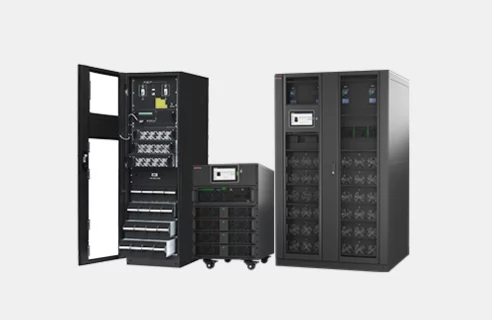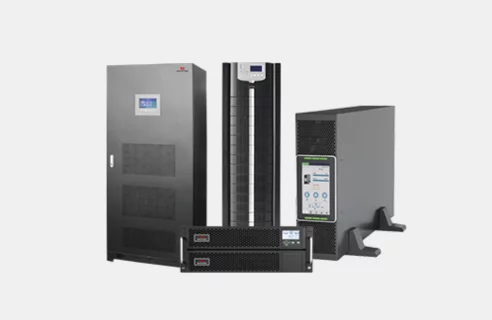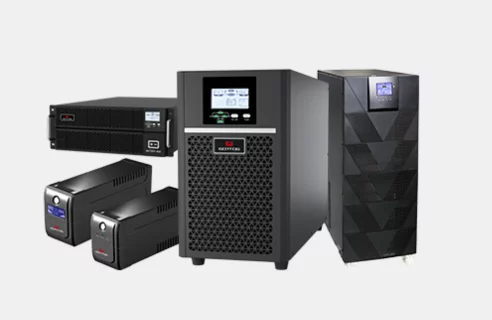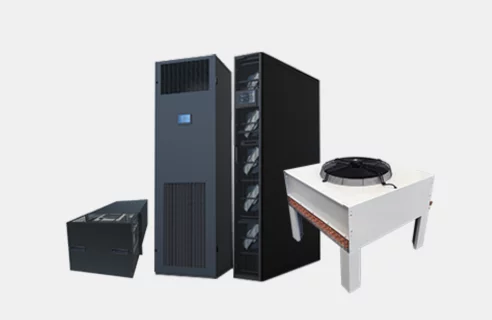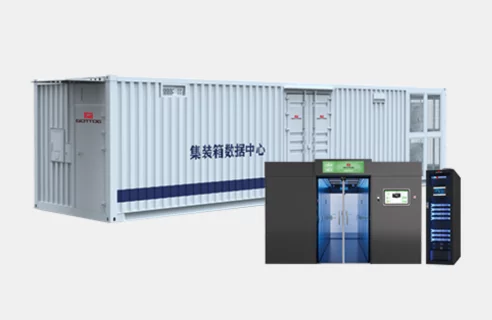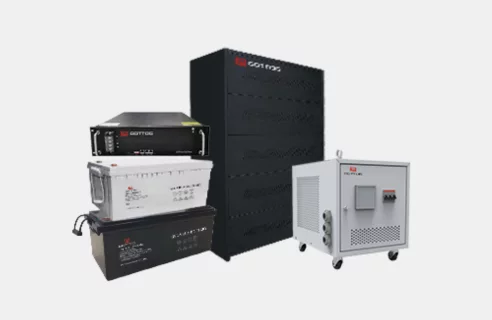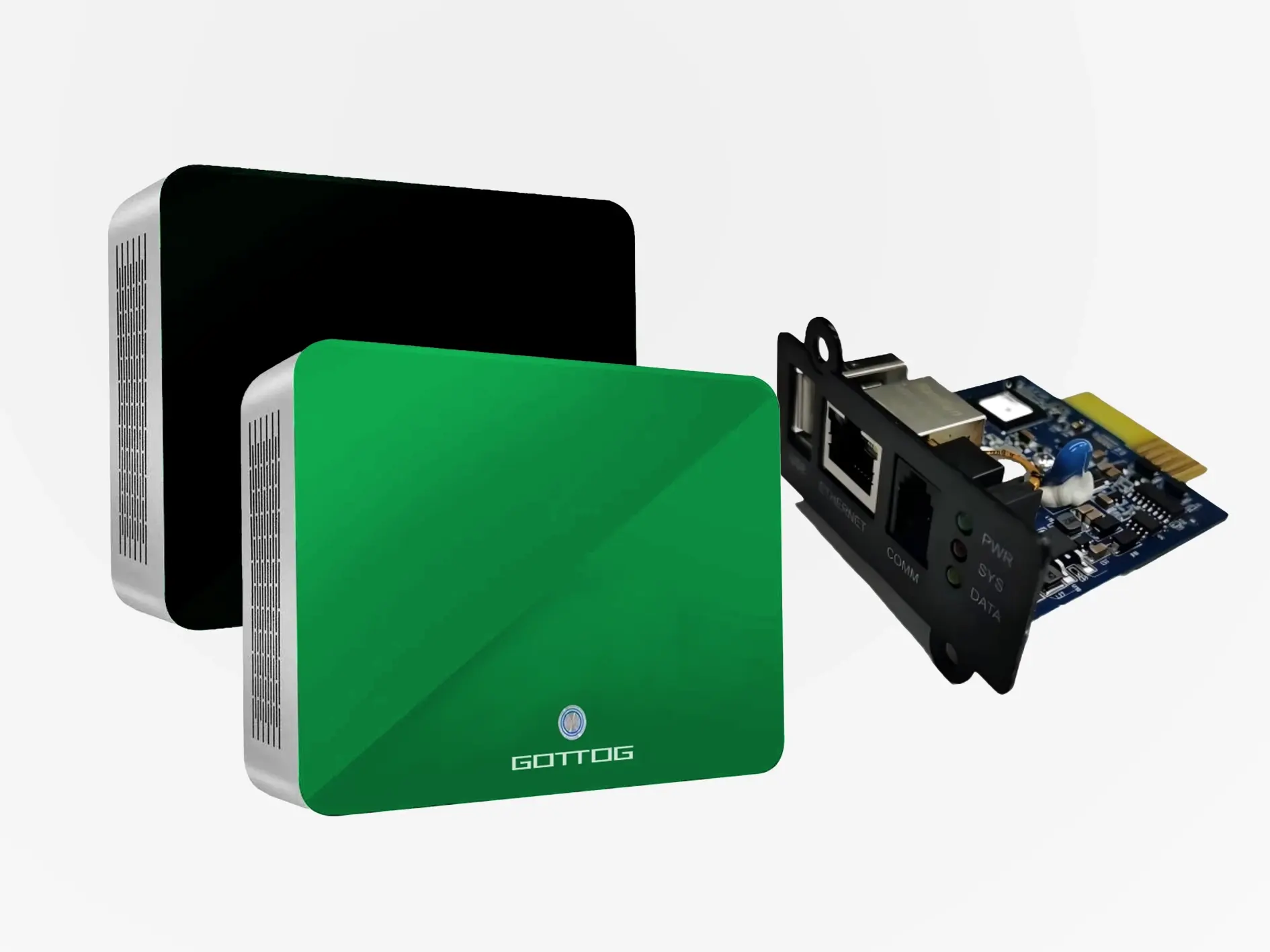With air quality issues becoming increasingly serious, air purifiers have become widely used in homes and offices. Two common types of air purifiers on the market are traditional filters and wall-mounted plasma filters. Each has its own unique characteristics in terms of purification principles, filtration effectiveness, and application scenarios. This article will compare the working principles and performance characteristics of these two devices to help consumers make the most appropriate choice.
Traditional filters capture or remove airborne pollutants through physical, chemical, or electrical means. The most common types include HEPA filters, activated carbon filters, and electrostatic filters. Their working principle relies on the physical barrier effect of the filter material, removing dust, pollen, dirt, bacteria, viruses, and other airborne pollutants through a fiber mesh or chemical adsorption.
Wall-mounted plasma filters use plasma technology (also known as corona discharge technology), generating plasma through a high-voltage electric field to actively remove harmful substances from the air. Plasma decomposes and neutralizes harmful gases (such as formaldehyde, benzene, and other volatile organic compounds), fine particles, bacteria, and viruses, effectively purifying the air.
Main Application Scenarios:
Traditional filters are widely used, typically in homes, offices, hospitals, shopping malls, and other locations. HEPA filters are particularly suitable for environments with high air purification requirements, such as hospital operating rooms, laboratories, and cleanrooms, effectively removing micron-level dust and bacteria. Activated carbon filters are also widely used to remove harmful gases and odors from the air, suitable for homes, kitchens, and some industrial environments.
Wall-mounted plasma filters, due to their excellent purification performance and flexible installation options, are widely used in homes, offices, commercial spaces, and even cars. Their compact design and lack of frequent filter changes make them suitable for long-term installation in limited spaces. Furthermore, wall-mounted plasma filters are particularly effective at removing airborne pollutants such as volatile organic compounds (VOCs), formaldehyde, and benzene, making them particularly popular in newly renovated homes, hotels, and offices.
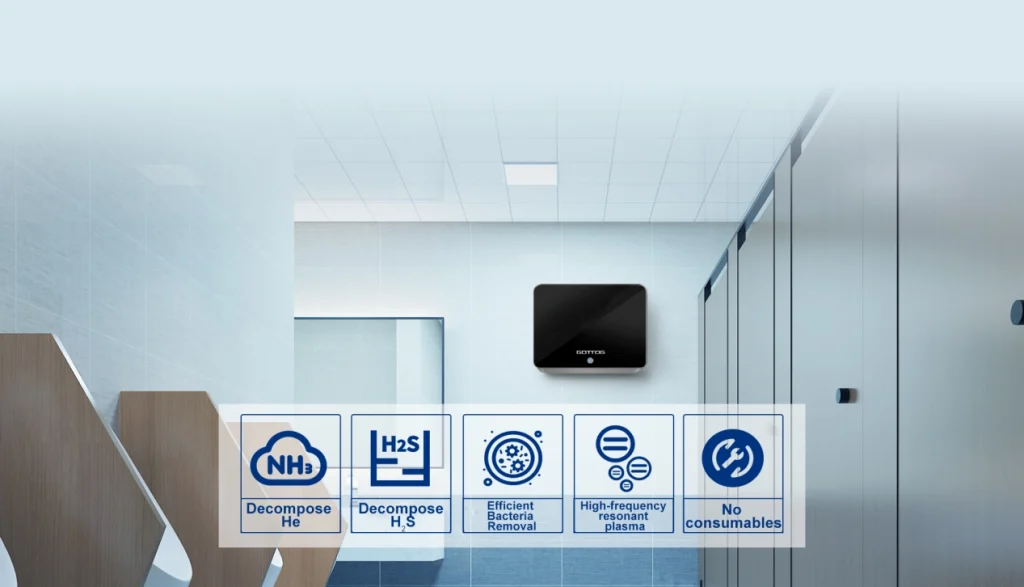
Main differences between wall-mounted plasma filters and traditional filters:
1. Working Principle
Traditional filters rely on physical and chemical filtration to remove airborne pollutants. For example, HEPA filters use multiple layers of fine mesh to block fine particles, while activated carbon filters use their adsorption capacity to remove harmful gases and odors from the air. Their principle is generally passive, with pollutants being attracted to the filter by airflow.
Em contraste, Commercial air cleaner utilize plasma technology. High-voltage electric fields excite gas molecules in the air to form plasma, generating a large number of free radicals and negative ions. These ions effectively decompose harmful gases (such as organic compounds like formaldehyde and benzene), fine particles, and bacteria and viruses in the air, without relying on physical filters. Their principle is more active, continuously purifying air pollutants.
2. Filtration Effectiveness
The filtration effectiveness of traditional filters depends primarily on the filter material and pore size. While they are effective at filtering large particles and dust, they are limited in their removal of fine harmful gases, volatile organic compounds (VOCs), and some bacteria and viruses. While high-efficiency HEPA filters can filter out fine PM2.5, they cannot completely remove smaller pollutants (such as gases and bacteria).
Wall-mounted plasma filters offer even greater comprehensive purification capabilities. They not only effectively remove fine particles (such as PM2.5 and dust), but also decompose and neutralize harmful gases (such as formaldehyde and TVOCs) as well as bacteria, viruses, and other harmful substances in the air. Plasma technology actively purifies the air, rather than relying on passive filtration through air flow. Furthermore, its harmful substance removal effect is more long-lasting.
3. Installation and Maintenance
Traditional filters are relatively simple to install. Users simply place them inside devices such as air conditioners and air purifiers, or mount them directly on a wall or floor. However, because they rely on physical filters, they require regular filter cartridge replacement, resulting in higher maintenance costs.
Wall-mounted plasma filters are typically compact, wall-mounted devices, offering greater installation flexibility. Since they don’t rely on physical filters, they theoretically require less frequent filter cartridge replacement, reducing maintenance frequency and costs. However, to ensure optimal purification performance, the device still requires regular cleaning and inspection to prevent dust accumulation or malfunction in the plasma generator.
4. Health and Safety
If the filter screen of a traditional air filter is not replaced for an extended period of time, secondary contamination may occur, such as bacterial growth within the filter screen or the re-release of harmful substances absorbed by the activated carbon into the air. Despite this, traditional air filters are relatively safe and easy to operate.
The plasma technology used in wall-mounted plasma filters operates under a high-voltage electric field. Improper device design or malfunction may generate small amounts of ozone. Excessive concentrations can pose a health risk. Therefore, when choosing a plasma filter, users should pay attention to its safety certifications and ozone emission standards.
Both wall-mounted plasma filters and traditional filters have their own advantages and disadvantages, and the choice should be based on specific needs and usage environment. Whether you’re seeking efficient air purification or convenient maintenance, understanding the differences and characteristics of each will provide a better reference for improving the air quality in your living environment. Our GOTTOGPOWER plasma air purifier is built for the demands of offices, hospitals, schools, lobbies, and industrial facilities, delivering continuous air cleaning through advanced plasma purification technology. Unlike traditional filters, our purifier actively neutralizes airborne bacteria, viruses, odors, and VOCs — without the need for costly filter replacements.

